Equipment
What It Takes To Be The Hottest Shaft On The PGA Tour
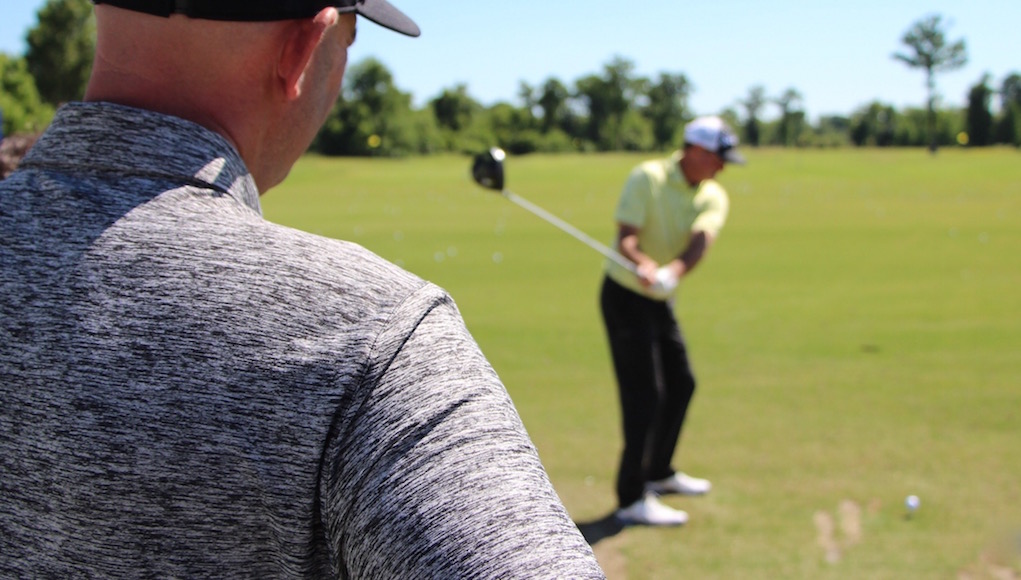
The Zurich Classic of New Orleans is one of the most laid-back PGA Tour events of the season, but as I watched Jerry Kelly hit drivers on the range I could tell things were already getting serious. And it was only Monday.
Next to me on the range was Pat McCoy, who was fitting Kelly for a new TaylorMade driver. Kelly’s “gamer” driver was a 2016 TaylorMade M2, an 8.5-degree version that was only made available to PGA Tour players. For weeks, Kelly had been anticipating the release of the 2017 M2 driver. He wanted to see if it could help him add a few yards to his drives, and earlier in the day the first batch of 8.5-degree 2017 M2 drivers were made available for PGA Tour players to test. Along with the new driver head, Kelly also wanted to test one of the hottest new driver shafts on the PGA Tour. For that he reached out to McCoy, the Director of Tour Operations for Fujikura.
McCoy estimated he had fit Kelly for new golf equipment roughly 35 times in his 17 years with Fujikura. “It’s not hard to know when I’ve failed and when I’ve been successful,” he said. Standing next to McCoy, however, it felt as if the success of this particular fitting was out of his control. McCoy wasn’t fazed, though.
The fitting started with Kelly comparing his gamer to the new driver. The new driver was built to exactly match Kelly’s gamer on TaylorMade’s Tour Truck, a mobile golf club fitting facility that travels with the PGA Tour each week. Both driver heads were digitally measured and had lofts of exactly 8.5 degrees. Their lengths were precisely 45.75 inches and they had matching lie angles of 61 degrees. They also had the same D2 swing weight, a measurement of the balance point of a driver. Aside from the updated design of the club head, the only difference was the shafts. Kelly’s gamer had an Aldila NV 2KXV Blue 60TX. The new driver had Fujikura’s new Atmos Tour Spec Black 6X.
McCoy called Kelly, who turned 50 in November, “old school” in the way he tests his equipment. He began his test by hitting about 10 shots with each driver, switching back and forth every few shots. Even without a launch monitor, Kelly could tell that the new driver head and shaft were creating a lower-launching, lower-spinning trajectory than his gamer. He liked what what he saw, but he wanted to see the data on a launch monitor.
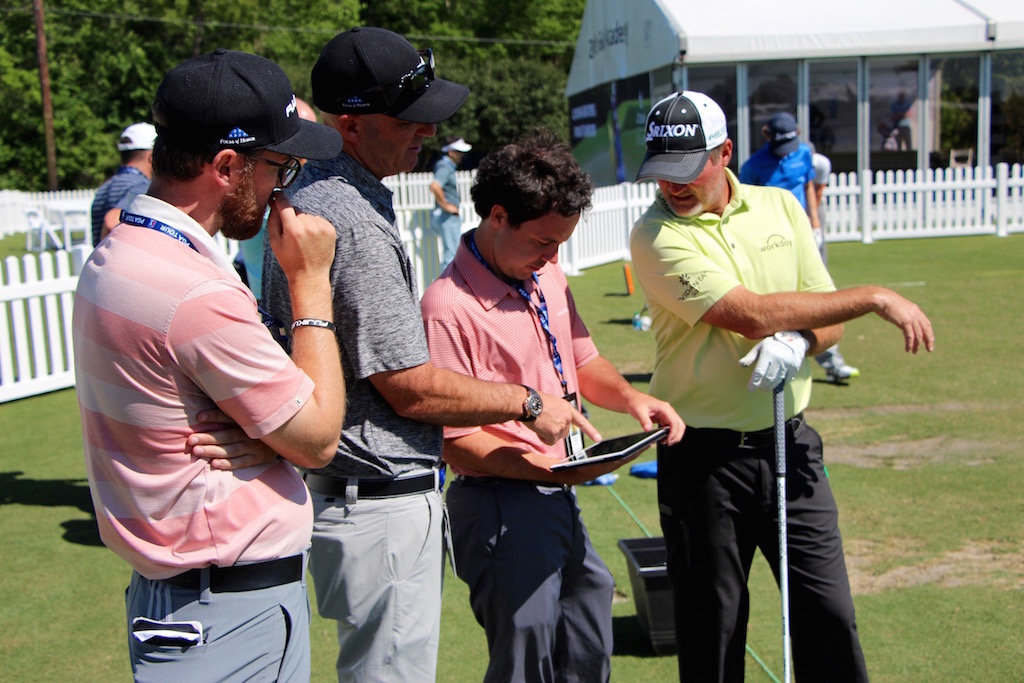
Jerry Kelly (right) looks at launch monitor data with Pat McCoy (gray shirt) and Marshall Thompson (left).
A $35,000 golf ball-tracking device called Trackman was brought to Kelly’s spot on the range. It uses Doppler radar to tell golfers exactly what their ball golf ball is doing from the time it leaves the clubface to the time it hits the ground. In doing so, it offers dozens of readings, but the one McCoy was focused on was “land angle,” or the angle at which the ball hits the ground. With Kelly’s gamer, his drives were hitting the ground at about 40 degrees, which is too steep by PGA Tour standards. With the new driver head and the Atmos Tour Spec Black shaft, Kelly’s land angle was reduced to 34 degrees, which was giving him more roll. It seemed liked a slam-dunk, but Kelly still wasn’t sold. He was concerned with his “ball speed,” the measure of how fast a golf ball leaves a driver head. It was 1-2 mph lower with the new driver head and the new driver shaft. That was costing him carry distance, but McCoy had a fix.
“What I try not to do is fit my swing into the club. “I fit the club into my swing.” — Jerry Kelly
Along with the Atmos Tour Spec Black, McCoy also had an Atmos Tour Spec Blue shaft prepared for Kelly to test. It was built to Kelly’s specifications should such a situation arise. The Atmos Tour Spec Blue is almost identical to the Atmos Tour Spec Black with one important difference: the mid and tip sections of the shaft are more flexible, which creates a mid-launching, mid-spinning trajectory. The theory was that the more flexible design of the Atmos Tour Spec Blue would create more “kick” to help Kelly improve his ball speed. That turned out to be true, but it was now a game of whack-a-mole. Like Kelly’s gamer shaft, the Atmos Tour Spec Blue increased Kelly’s land angle. Looking a little frustrated, Kelly started rotating between the three shafts — Atmos Tour Spec Black, Atmos Tour Spec Blue and his Aldila — as well as the old and new driver heads.
“This is where you just let them go,” McCoy told me.
TaylorMade drivers have 12 different hosel settings, which adjust the loft, lie and face angle of a driver in combination. Kelly was hitting all three shafts in just about every one of the combinations. In the midst of the rapid fire, McCoy turned the fitting over to Marshall Thompson, a fellow PGA Tour Shaft Rep for Fujikura. McCoy walked to the far end of the range to talk to Daniel Summerhays, who uses Fujikura shafts in his metal woods.
Every week, McCoy receives an email from PGA Tour Statistician Rich Hunt. It includes a spreadsheet with launch monitor data of all the players on the PGA Tour. The data is pulled from ShotLink and plots weekly launch monitor stats, as well as averages for the season. McCoy keeps a close eye on every PGA Tour player’s data, making him a walking encyclopedia of which golfers are driving it well on the PGA Tour and which golfers aren’t. Reviewing the data each week, McCoy noticed that Summerhays’ launch conditions were creeping toward the high side of optimal due to changes Summerhays was making in his swing. There were a few ways to approach the problem, but the easiest was for Summerhays to reduce the loft of his driver by 0.5 degrees, which lowered both his launch angle and his spin rate. After chatting with Summerhays about it, McCoy was confident that he would go that direction.
McCoy’s start in the golf industry came as an instructor. At age 20, he became an Assistant PGA Professional at PGA West in La Quinta, California, making him the youngest teacher at the time to hold the position at the famed course. He said he was quickly frustrated teaching golf because his students rarely practiced in between their lessons. That made it almost impossible for him to improve their games. He found that in most cases he could help his students improve more quickly and more permanently by changing their equipment, which made it possible for them to have more fun playing golf. “Isn’t that what it’s all about?” he said. Ultimately, that’s what led him to the golf equipment world.
McCoy’s distinction as a PGA Professional is well known on the PGA Tour, and one of the reasons he’s so popular with Tour players. Another reason is his approach, which focuses on building long-term relationships with players that aren’t tied to their interest in Fujikura shafts. PGA Tour player William McGirt has used Fujikura shafts in his metal woods for years, and he said the main reason why is his trust in McCoy. “He’s not going to put something in my hands if it’s not going to work,” McGirt said. “It’s going to be perfect. And if it’s not perfect, it’s going to be damn near close.”
Unlike the major golf equipment manufacturers on the PGA Tour, shaft makers like Fujikura don’t pay golfers to use their products. For that reason, McCoy takes a different approach to get his products in the hands of the world’s best. He maintains relationships with all the major equipment manufacturers, making sure they’re stocked with the Fujikura shafts they need. And he’s always sure to keep them fully informed of the work he’s doing with the PGA Tour players they pay to use their clubs. Not doing so could not only compromise his relationship with an equipment manufacturer, but it could also create a scenario where a PGA Tour player is getting conflicting information about what’s best for him. According to McGirt, that can wreak havoc on a Tour player’s game.
On the PGA Tour, a big-name player’s usage of a golf club or shaft can result in millions of dollars in sales for a golf equipment manufacturer. It can be the difference between a company like TaylorMade putting a Fujikura shaft in its latest driver release or choosing the shaft of one of its competitors. While Fujikura has maintained a healthy amount of business with both major golf equipment manufacturers and after-market custom club fitters for more than a decade, some shaft companies are less stable. McGirt described a situation he said he’s observed frequently on the PGA Tour, where in an effort to get a new shaft in play, a shaft rep pushed a player into a product that wasn’t right for his game.
“You can work yourself into some bad habits trying to make [a shaft] work,” McGirt said. “Honestly, I could probably get [a shaft] that performed a little better than what I’m using now, but then I’d have to get used to it. Coming down under the gun, knowing what a [shaft] is going to do is the biggest then for me.”
Wade Liles, a PGA Tour Truck Technician for TaylorMade, echoed McGirts sentiments. “We want our players to play better, not just switch to get a new shaft in play.” In Liles’ 17 years on the PGA Tour, he said he’s seen an incredible shift in the clubs and shafts PGA Tour players use. Most of the shafts made 17 years ago would be “worthless” on the PGA Tour due to advances in technology, he said. “Shaft manufacturers aren’t going to come out with the same shaft year after year,” he said. “It’s going to be a new shaft and it’s going to be a better shaft.”
McCoy estimated that it takes at least 50 different driver shaft models to optimize the performance of the roughly 300 golfers who play on the PGA Tour each season. For that reason, PGA Tour equipment trucks are stocked with dozens of shafts from multiple shaft manufacturers. They all vary slightly in materials and constructions, as well as in weights, flex and kick point. Kevin Napier, a Senior Tour Technician for Callaway, said that in some cases getting a player to change to a new shaft has nothing to do with performance at all. It can come down to a shaft manufacturer’s willingness to make a shaft in a custom paint color.
“[PGA Tour Players] remember the people who are honest with them. And when they’re struggling, they usually come back to me to see if I can help.” — Pat McCoy
In an effort to meet the needs of PGA Tour players and amateur golfers across the globe, Fujikura had released an abundance of shaft models in recent years. There was consistent feedback from PGA Tour players, golf equipment manufacturers and custom-club fitters, however, that having so many models was complicating the fitting process. Fujikura stopped getting that feedback this year, and there has also been a significant uptick in the amount of Fujikura shafts used on the PGA Tour. At the Zurich Classic, for example, Fujikura led all shaft manufacturers with 41 driver shafts in play (25.6 percent), and McCoy attributes the growth directly to Atmos Tour Spec.

Seung Yul Noh (upper left), Steve Stricker (upper right), Si Woo Kim (lower left) and Jerry Kelly (lower right) with Fujikura Atmos Tour Spec shafts at the Zurich Classic.
Atmos Tour Spec is divided into three models (Black, Blue and Red). Each of them are available in a wide range of weights and flexes. The Atmos Tour Spec Black offers the lowest trajectory, the Atmos Tour Spec Red offers the highest trajectory, and the Atmos Tour Spec Blue fills the middle ground. All three are inspired by successful shaft designs that Fujikura has been perfecting for the better part of two decades, which McCoy said is the real reason for their success. Like other leading shaft makers, Fujikura is using the latest technologies and materials to create Atmos Tour Spec shafts, but “it’s not really about the materials,” he said. “It’s about learning what works and what doesn’t, and then why,” he said. “We’ve always made high-quality product, but it’s learning from it.”
McCoy said that unlike in years past, he’s able to explain the benefits of the Atmos shafts to PGA Tour players with ease. He doesn’t have to tell them about the new carbon fiber materials that the shafts use. He doesn’t have to explain the years of study that went into improving the way the shafts load and unload for different swings. Tour players immediately understand the black-blue-red story. Just as importantly, they trust that McCoy wouldn’t ask them to test a product that he didn’t think could help their game.
McCoy said he’s been approached by dozens of PGA Tour players who have never used a Fujikura shaft before, but now want to try one. In many cases, Atmos gave them better results. In other cases, McCoy would find that a PGA Tour player’s current shaft was perfect for them. He said he never hesitates to tell them so. “They remember the people who are honest with them,” McCoy said. “And when they’re struggling, they usually come back to me to see if I can help.”
There were 15 PGA Tour players hitting golf balls on the range at the Zurich Classic on Monday afternoon. Five of them were hitting drivers, and all five of them were swinging Fujikura shafts. One was Jerry Kelly, who was wrapping up his test of the Atmos Tour Spec Black and Atmos Tour Spec Blue for the day. Fujikura rep Marshall Thompson had showed him that he could get better results from the 2017 TaylorMade M2 driver head and the Atmos Tour Spec Blue shaft if he was willing to lower the loft to 7.5 degrees. Doing that, he got both the ball speed and the trajectory he wanted, but Kelly said would need to do some more testing at home. By this time, McCoy had returned to the fitting. “What I try not to do is fit my swing into the club,” Kelly told Thompson. “I fit the club into my swing.”
“Did you hear that,” McCoy said to me. “That’s the truth there.”
- LIKE303
- LEGIT39
- WOW9
- LOL4
- IDHT2
- FLOP6
- OB2
- SHANK36
Whats in the Bag
Kevin Tway WITB 2024 (May)
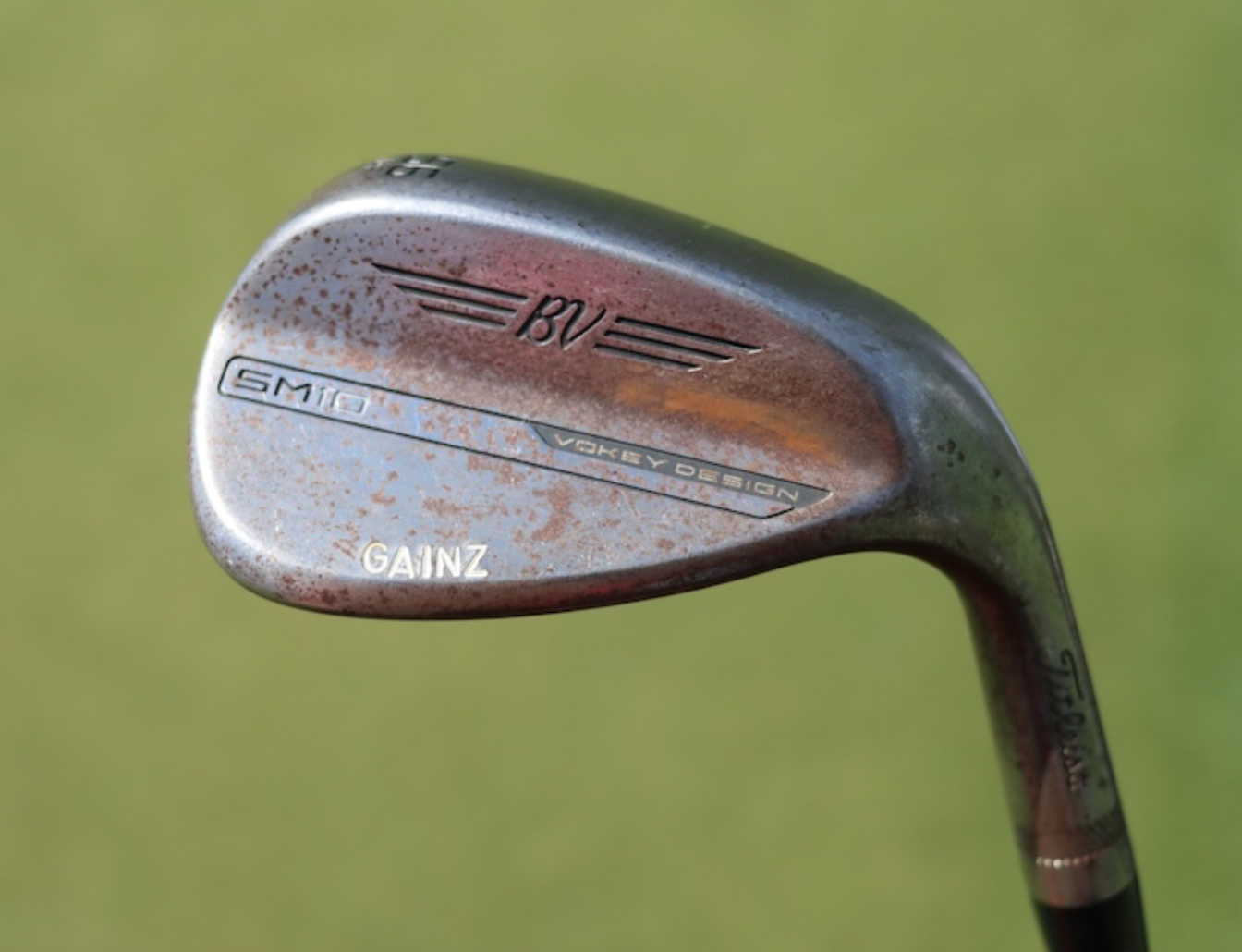
- Kevin Tway what’s in the bag accurate as of the Wells Fargo Championship. More photos from the event here.
Driver: Ping G430 LST (10.5 degrees)
Shaft: Fujikura Ventus Black 6 X
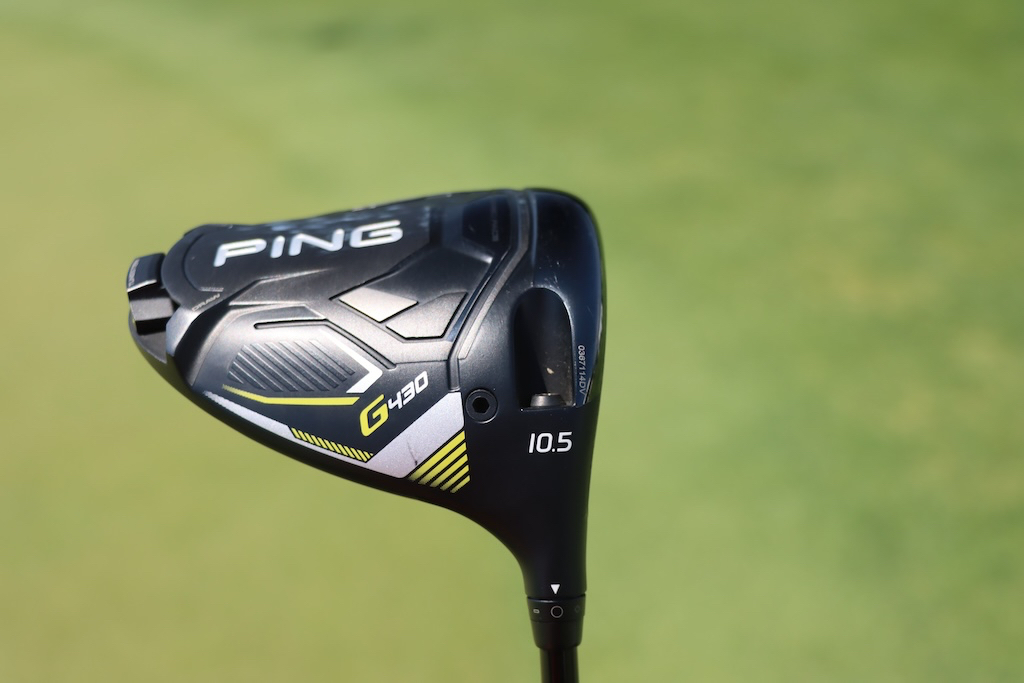
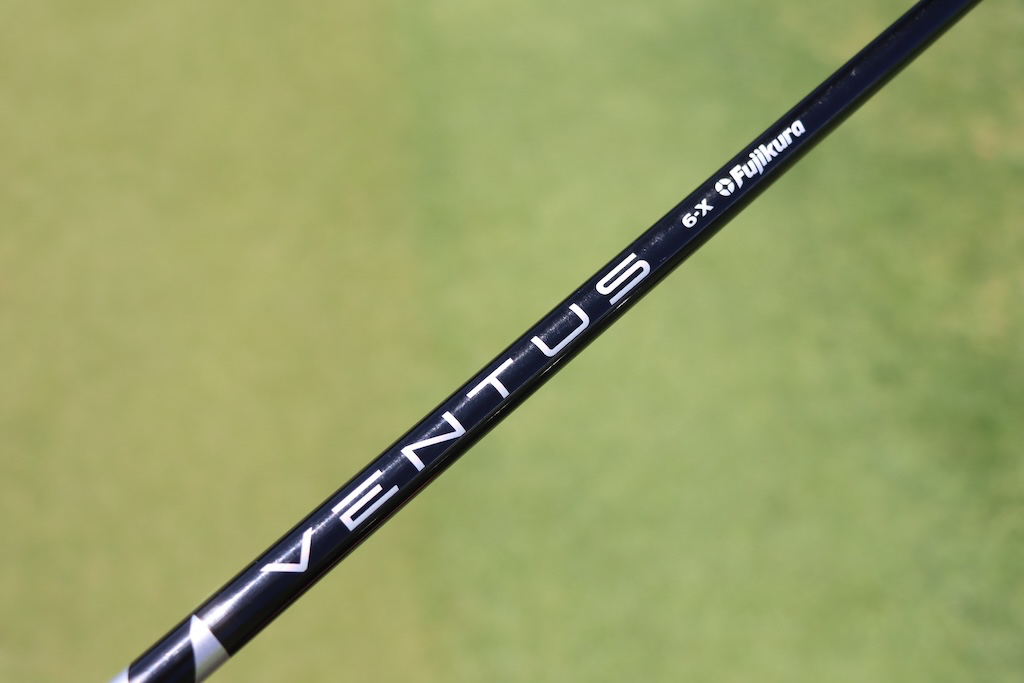
3-wood: TaylorMade Stealth 2 (15 degrees)
Shaft: Mitsubishi Diamana D+ 80 TX
5-wood: TaylorMade Stealth 2 (18 degrees)
Shaft: Mitsubishi Diamana D+ 90 TX
Irons: Wilson Staff Utility (2), Titleist T100 (4-9)
Shafts: Mitsubishi MMT 100 TX (2), True Temper Dynamic Gold Tour Issue X100 (4-9)
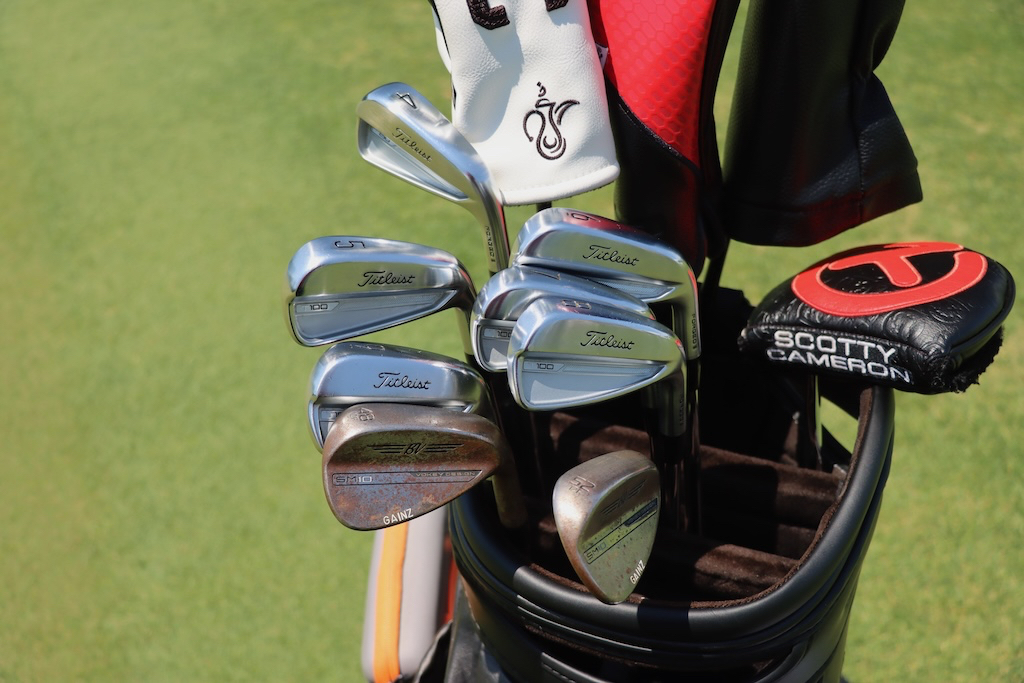
Wedges: Titleist Vokey Design SM10 (48-10F @47, 52-12F @51, 56-14F), SM7 (60-10S)
Shafts: True Temper Dynamic Gold Tour Issue X100 (48-56), True Temper Dynamic Gold Tour Issue S400 (60)
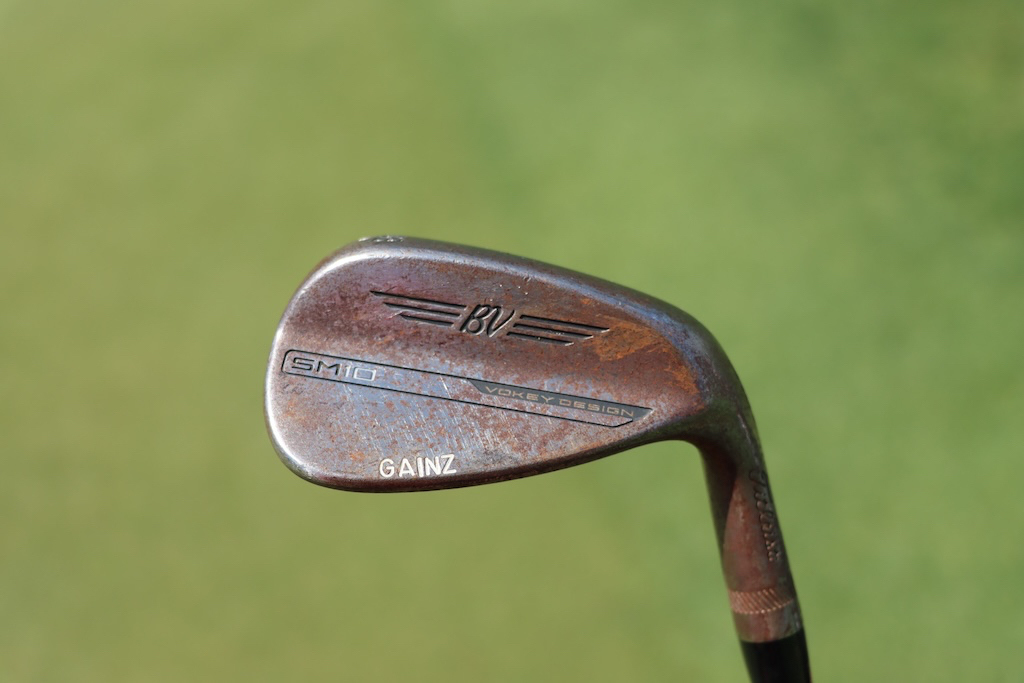
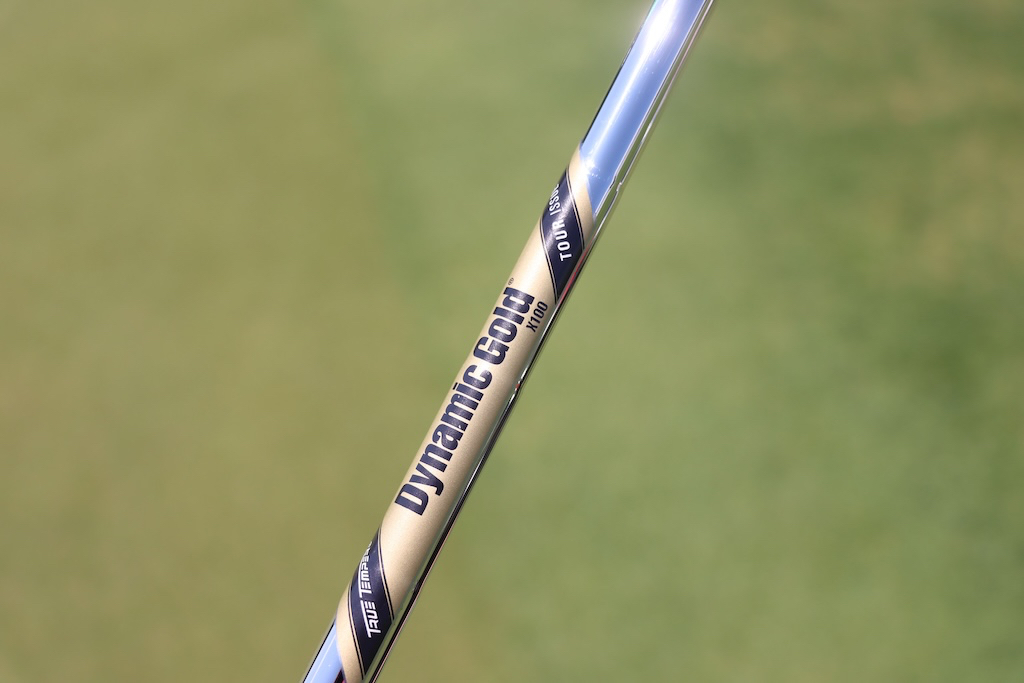
Putter: Scotty Cameron T-5 Proto
Grip: Scotty Cameron Black Baby T
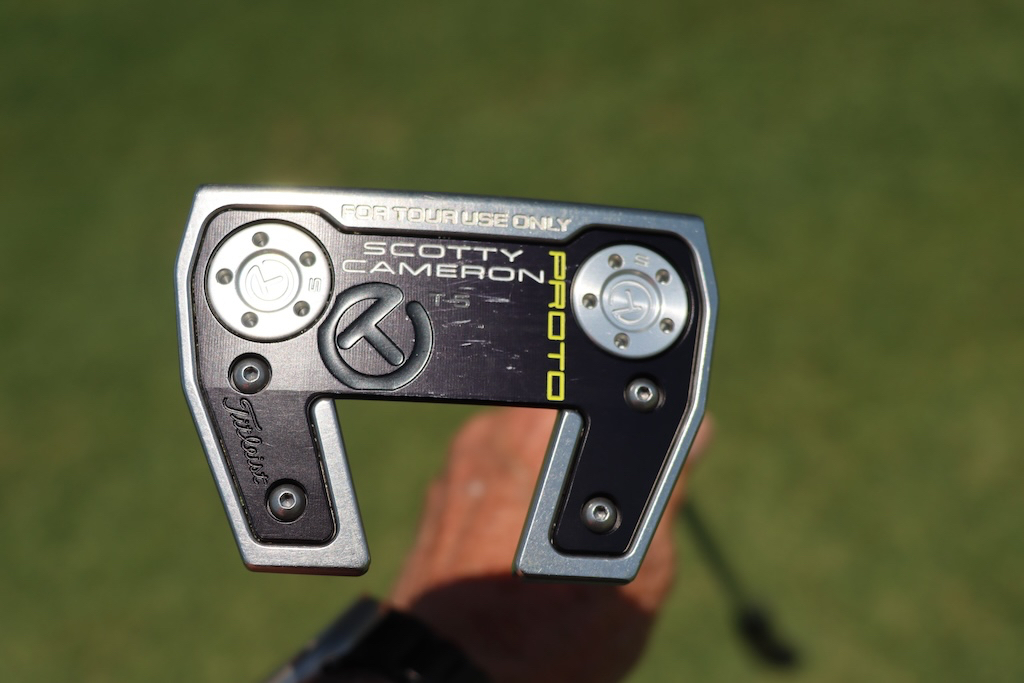
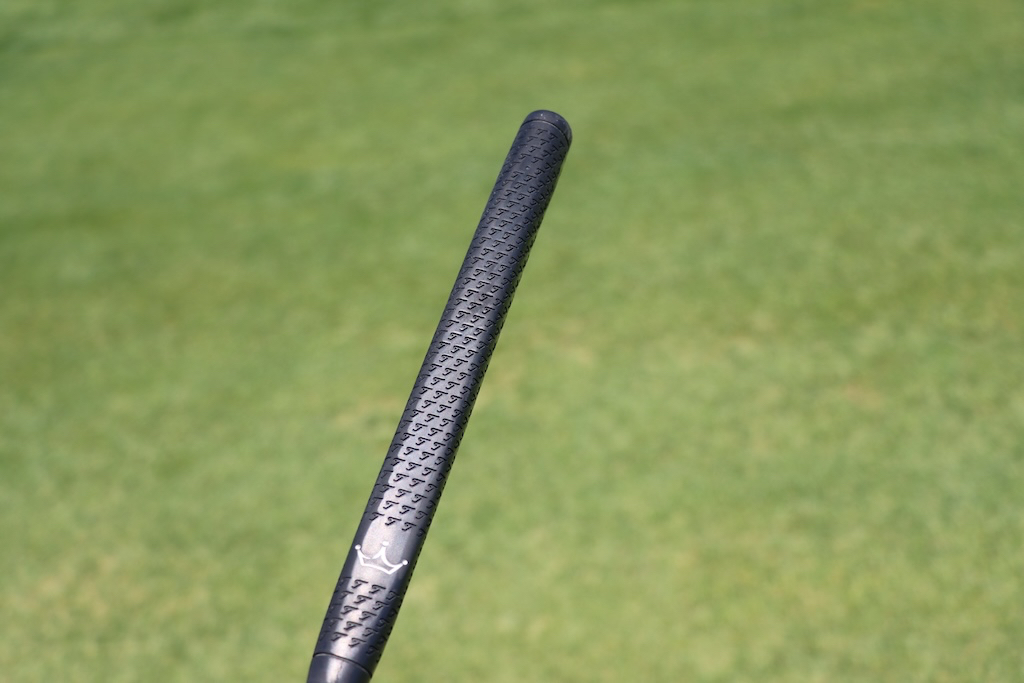
Grips: Golf Pride Tour Velvet Plus4
More photos of Kevin Tway’s WITB in the forums.
- LIKE0
- LEGIT0
- WOW0
- LOL0
- IDHT0
- FLOP0
- OB0
- SHANK0
Equipment
Did Rory McIlroy inspire Shane Lowry’s putter switch?
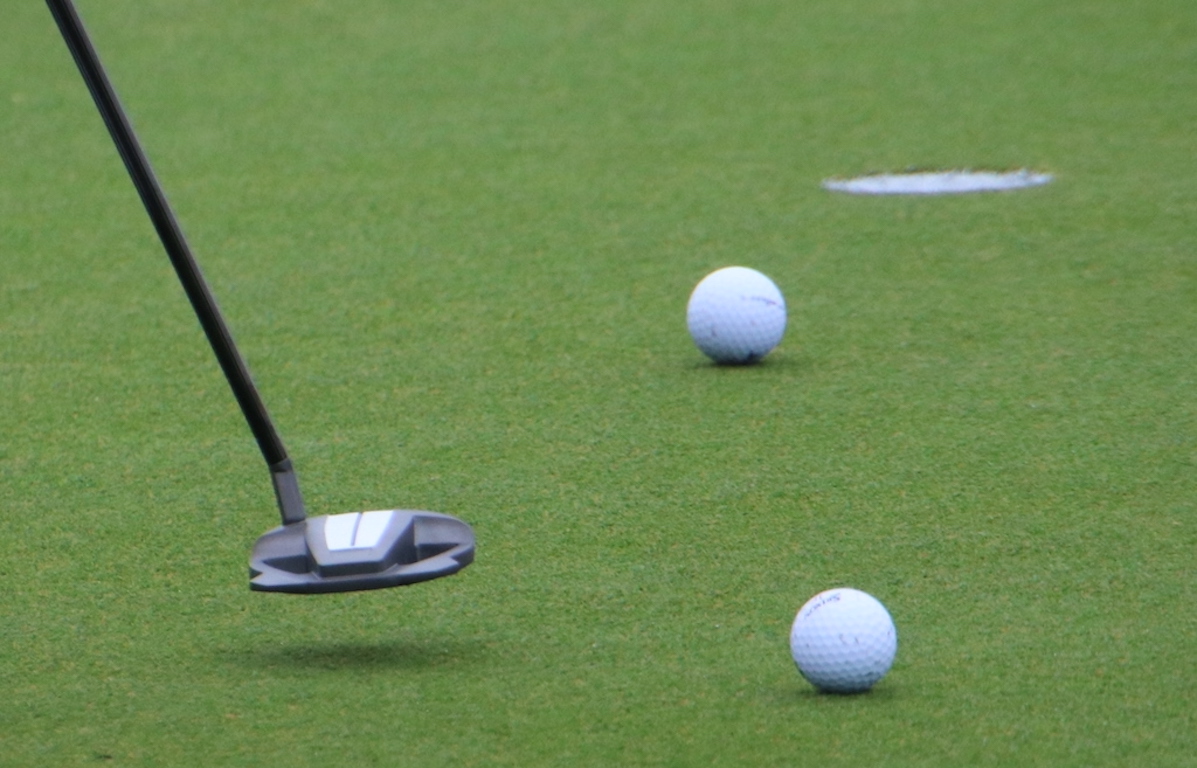
Editor’s note: This is an excerpt from a piece our Andrew Tursky originally wrote for PGATour.com’s Equipment Report. Head over there for the full article.
The timing of Lowry’s putter changeup was curious: Was he just using a Spider putter because he was paired with McIlroy, who’s been using a Spider Tour X head throughout 2024? Was Lowry just being festive because it’s the Zurich Classic, and he wanted to match his teammate? Did McIlroy let Lowry try his putter, and he liked it so much he actually switched into it?
Well, as it turns out, McIlroy’s only influence was inspiring Lowry to make more putts.
When asked if McIlroy had an influence on the putter switch, Lowry had this to say: “No, it’s actually a different putter than what he uses. Maybe there was more pressure there because I needed to hole some more putts if we wanted to win,” he said with a laugh.
To Lowry’s point, McIlroy plays the Tour X model, whereas Lowry switched into the Tour Z model, which has a sleeker shape in comparison, and the two sole weights of the club are more towards the face.
Lowry’s Spider Tour Z has a white True Path Alignment channel on the crown of his putter, which is reminiscent of Lowry’s former 2-ball designs, thus helping to provide a comfort factor despite the departure from his norm. Instead of a double-bend hosel, which Lowry used in his 2-ball putters, his new Spider Tour Z is designed with a short slant neck.
“I’ve been struggling on the greens, and I just needed something with a fresh look,” Lowry told GolfWRX.com on Wednesday at the 2024 Wells Fargo Championship. “It has a different neck on it, as well, so it moves a bit differently, but it’s similar. It has a white line on the back of it [like my 2-ball], and it’s a mallet style. So it’s not too drastic of a change.
“I just picked it up on the putting green and I liked the look of it, so I was like, ‘Let’s give it a go.’”
Read the rest of the piece over at PGATour.com.
- LIKE0
- LEGIT0
- WOW0
- LOL0
- IDHT0
- FLOP0
- OB0
- SHANK0
Equipment
Webb Simpson equipment Q&A: Titleist’s new 2-wood, 680 blade irons, and switching to a broomstick Jailbird
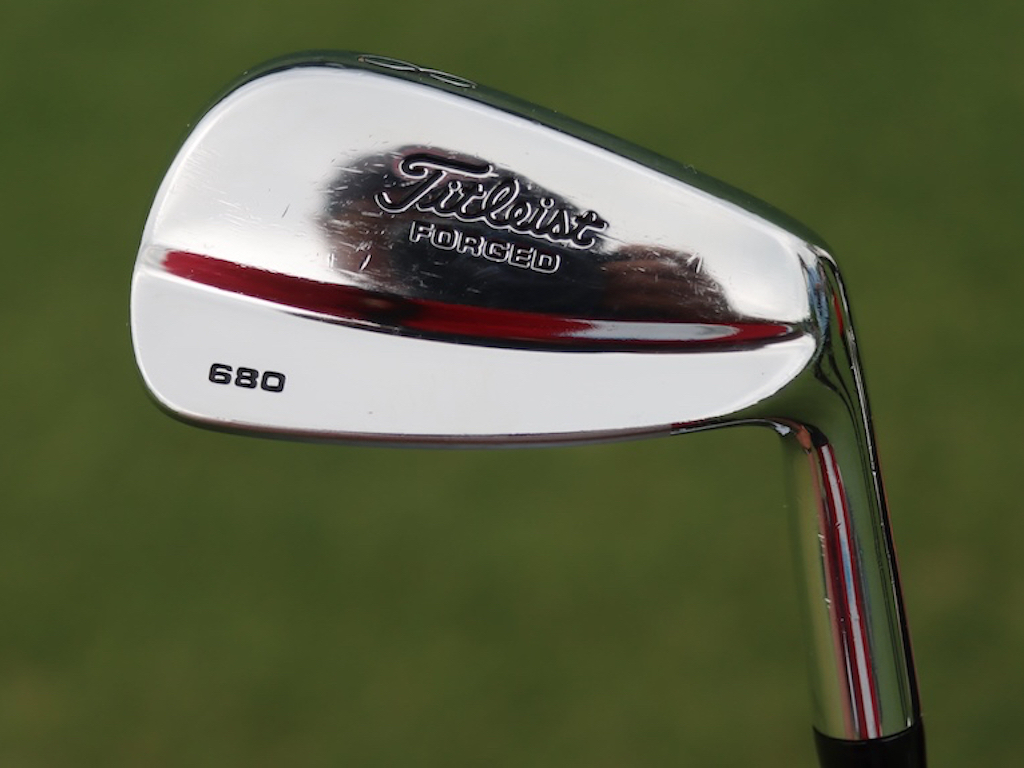
With seven career wins on the PGA Tour, including a U.S. Open victory, Webb Simpson is a certified veteran on the course. But he’s also a certified veteran in the equipment world, too. He’s a gearhead who truly knows his stuff, and he’s even worked closely with Titleist on making his own custom 682.WS irons.
On Wednesday at the 2024 Wells Fargo Championship, I caught up with Simpson to hear about his experience with Titleist’s new prototype 2-wood, how Titleist’s 680 Forged irons from 2003 ended up back in his bag, and why he’s switching into an Odyssey Ai-One Jailbird Cruiser broomstick putter this week for the first time.
Click here to read our full story about Simpson’s putter switch on PGATOUR.com’s Equipment Report, or continue reading below for my full Q&A with Simpson at Quail Hollow Club on Wednesday.
See Webb Simpson’s full WITB from the 2024 Wells Fargo Championship here
GolfWRX: It seems like you’ve been a little all over the place with your irons in the past six months or so, and now going back to the 680’s. Is that just a comfort thing? What’s been going on with the irons?
Webb Simpson: Titleist has been so great at working with me, and R&D, on trying to get an iron that kind of modernizes the 680. And so the 682.WS took the T100 grooves, but kinda took the look and the bulk and the build of the 680’s into one club. They’re beautiful, and awesome looking. I just never hit them that well for a consistent period of time. It was probably me, but then I went to T100’s and loved them. I loved the spin, the trajectory, the yardage, but again, I never went on good runs. Going through the ground, I couldn’t feel the club as well as with the blade. So last week, I’m like, ‘Alright. I’m gonna go back more for…comfort, and see if I can get on a nice little run of ball striking.’
So that’s why I went back.
View this post on Instagram
OK, that makes sense. I know you had done some 2-wood testing recently. Is that in the bag right now?
It’s like day-by-day. I used it at Hilton Head every day. Valero, I used it one round. And this week, me and my caddie will do the book every morning, and if it’s a day where we think we need it, we’ll just put it in and take the 3-wood out. I love it because it’s a super simple swap. Like, it doesn’t really change much.
Yeah, can you tell me about that club? I mean, we don’t really know anything about it yet. You know? I haven’t hit it or anything, obviously.
It has grooves like a 3-wood. Spin is perfect. And it’s honestly, like, everything is in the middle of a 3-wood and driver number. Trajectory, spin, carry, all of it. So, a Hilton Head golf course is almost too easy to talk about because, you know, there, so many holes are driver 3-wood.
Valero, our thinking was we had two par-5’s into the wind, and we knew that it would take two great shots to get there in two. So instead of hitting driver-driver, we just put it in. And I used it on those holes.
Hilton was a little easier because it was off-the-tee kind of questions. But Colonial will be a golf course where, you know, there’s a lot of driver or 3-woods. It’s kind of like a backup putter or driver for me now. I’ll bring it to every tournament.
So it’s, like, in your locker right now, probably?
Well, it would be. It’s in my house [because Webb lives near by Quail Hollow Club, and is a member at the course.] It’s in the garage.
Oh, yeah, that’s right. Do you know what holes you might use it out here if it goes in play?
Potentially 15, depending on the wind. Second shot on 10. Could be 14 off the tee. The chances here are pretty low (that he’ll use the 2-wood). But, like, Greensboro would be an awesome club all day. I’m trying to think of any other golf courses.
There’s plenty that it’ll be a nice weapon to have.
It’s interesting, the wave of 2-woods and mini drivers. Like, it’s just really taken off on Tour, and all the companies have seemed to embrace it.
Yeah. The thing I had to learn, it took me, like, at least a week to learn about it is you gotta tee it up lower than you think. I kept teeing it up too high. You need it low, like barely higher than a 3-wood. And that was where I got optimal spin and carry. If you tee it up too high, you just don’t get as much spin and lose distance, I don’t know if that’s just a mini driver thing.
And you obviously have a Jailbird putter this week. What spurred that on?
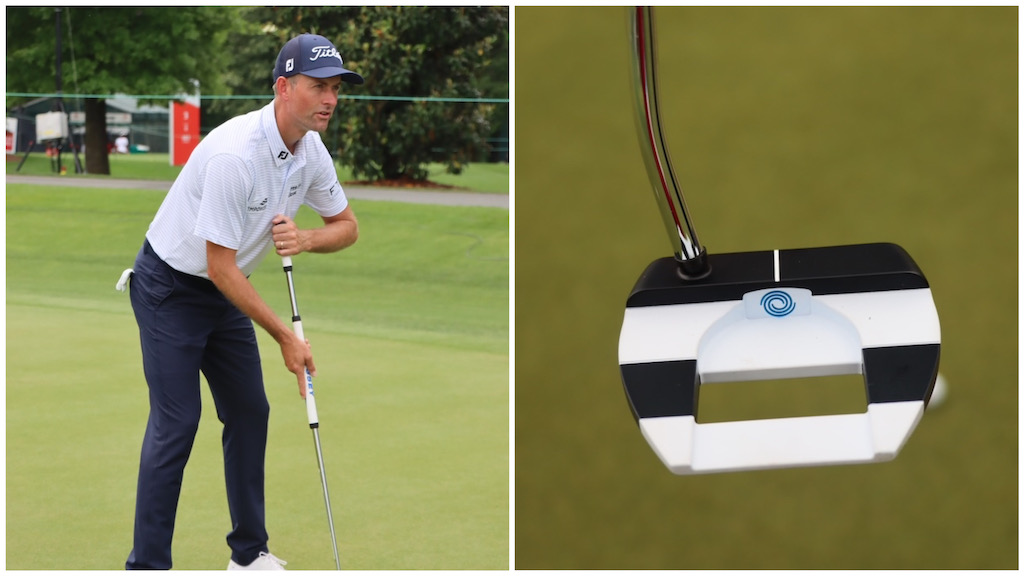
Inconsistent putting. I’m stubborn in a lot of ways when it comes to my equipment, but I have to be open minded – I just hadn’t putted consistently well in a while. And I’m like, ‘Man, I feel my ball-striking coming along. Like I feel better; for real, better.’
If I can just get something in my hands that I’m consistent with. Being on Tour, you see it every year, guys get on little runs. I can put together four to five tournaments where I’m all the sudden back in the majors, or in the FedExCup Playoffs. You can turn things around quick out here. I’m like, ‘Man, whatever’s going to get me there, great.’
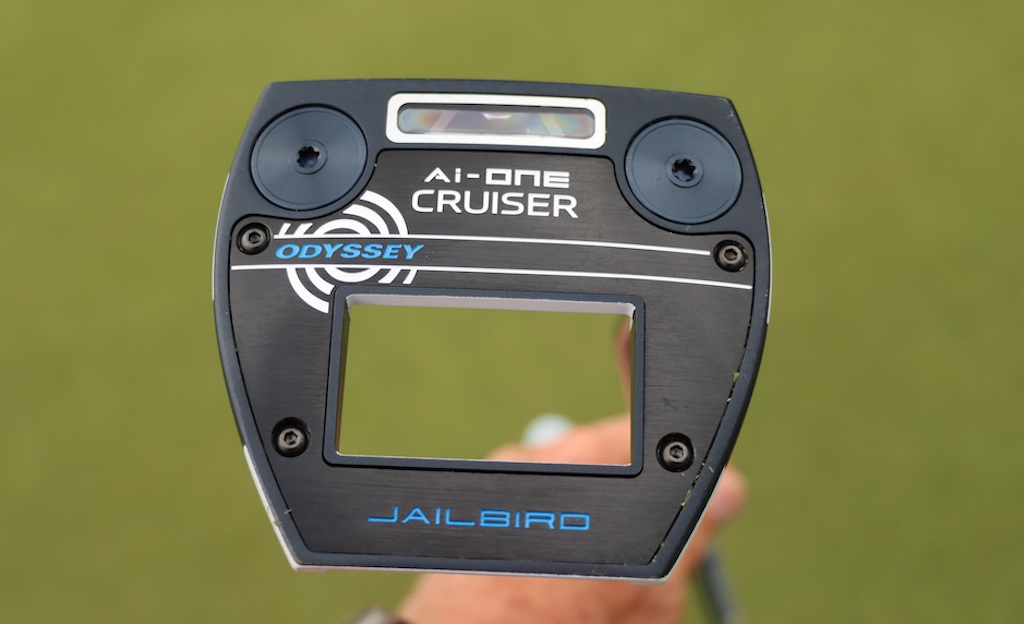
My caddie, David Cook, caddied for Akshay at the Houston Open and he putted beautifully. Then, I watched Akshay on TV at Valero, and he putted beautifully. And, I’m like, ‘I’m just going to try it.’
I’ve never tried it for more than a putt or two, and I just ordered what Akshay uses. It was pretty awkward at first, but the more I used it, the more I’m like, ‘Man, it’s pretty easy.’ And a buddy of mine who’s a rep out here, John Tyler Griffin, he helped me with some setup stuff. And he said at Hilton Head, he wasn’t putting well, then tried it, and now he makes everything. He was very confident. So I’m like, ‘Alright, I’ll try it.’”
And you’re going with it this week?
Hundred percent.
Alright, I love it. Thank you, I always love talking gear with you. Play well this week.
Thanks, man.
See Webb Simpson’s full WITB from the 2024 Wells Fargo Championship here
- LIKE26
- LEGIT3
- WOW1
- LOL2
- IDHT0
- FLOP0
- OB0
- SHANK2
-

 19th Hole3 weeks ago
19th Hole3 weeks agoJustin Thomas on the equipment choice of Scottie Scheffler that he thinks is ‘weird’
-

 19th Hole3 weeks ago
19th Hole3 weeks ago‘Absolutely crazy’ – Major champ lays into Patrick Cantlay over his decision on final hole of RBC Heritage
-

 19th Hole2 weeks ago
19th Hole2 weeks agoLET pro gives detailed financial breakdown of first week on tour…and the net result may shock you
-

 19th Hole3 days ago
19th Hole3 days agoReport: LIV star turns down PGA Championship invite due to ‘personal commitments’
-

 19th Hole1 week ago
19th Hole1 week agoGary Player claims this is what ‘completely ruined’ Tiger Woods’ career
-

 Whats in the Bag2 weeks ago
Whats in the Bag2 weeks agoTeam McIlowry (Rory McIlroy, Shane Lowry) winning WITBs: 2024 Zurich Classic
-

 Equipment1 week ago
Equipment1 week agoGolf fans left surprised by LIV’s choice of course for its 2024 individual championship event
-

 19th Hole1 week ago
19th Hole1 week agoLIV star splits with swing coach after working together for 14 years

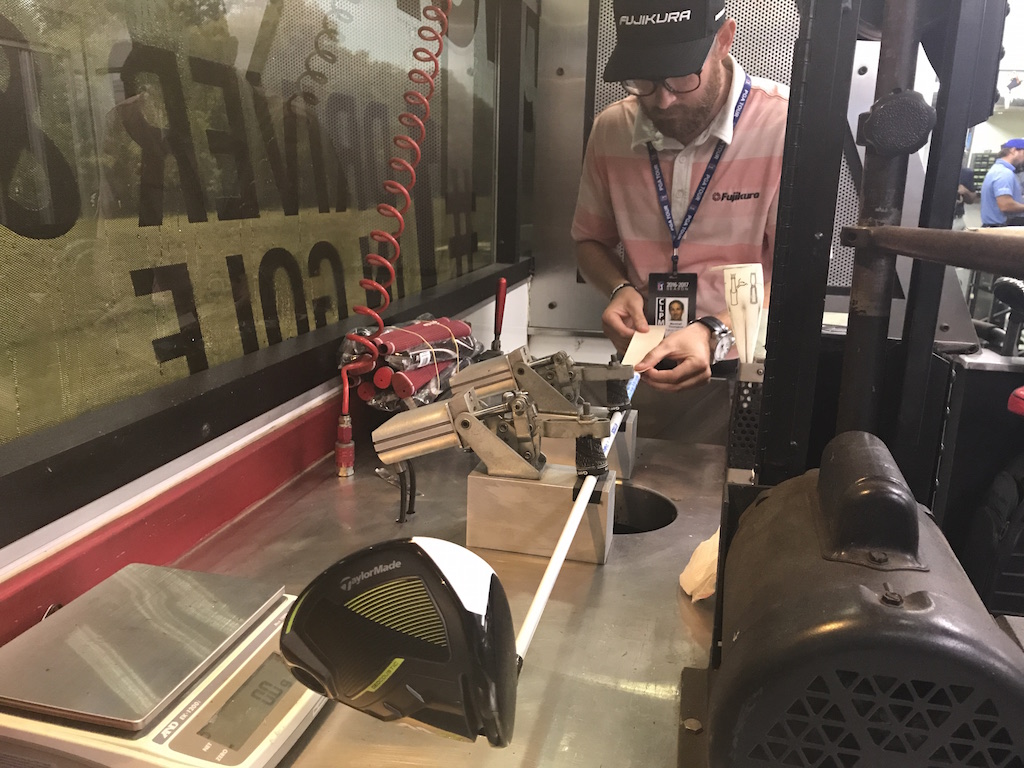
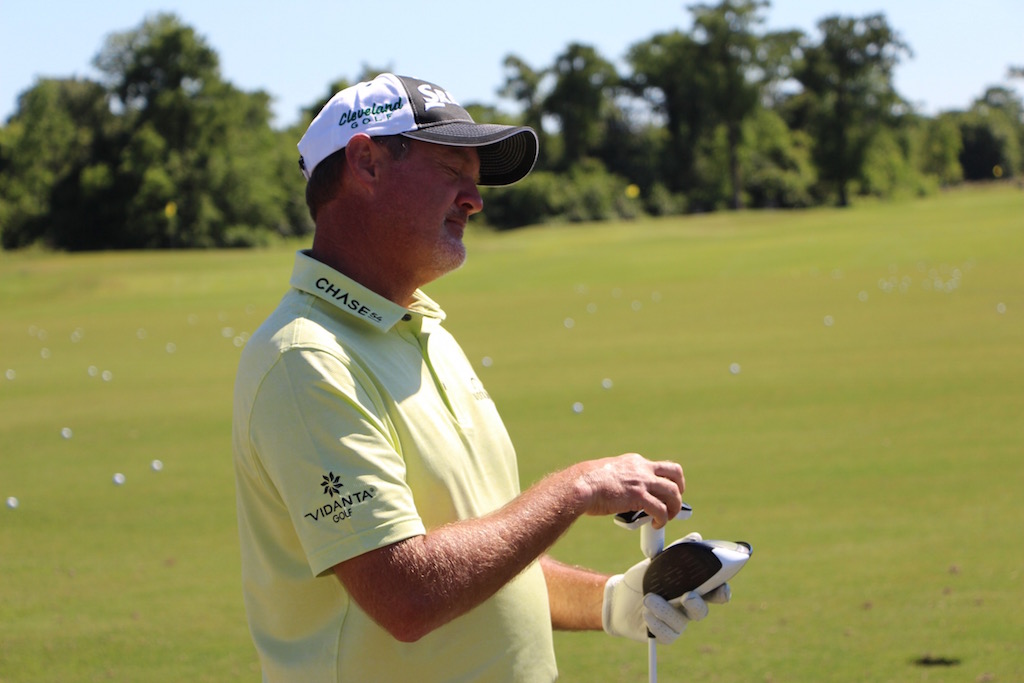
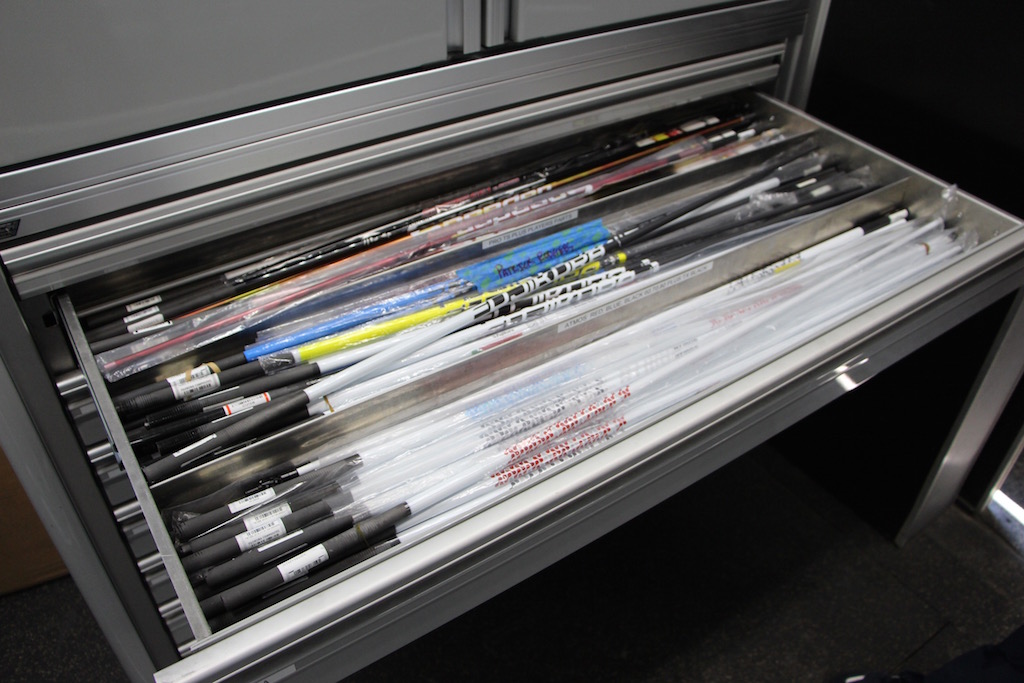








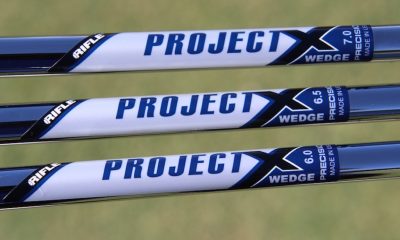

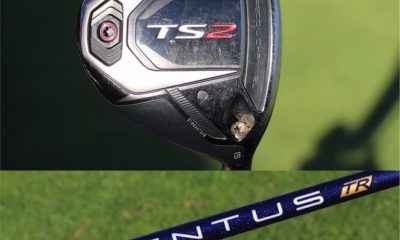

















Adam
May 29, 2017 at 4:29 pm
There are other JDM shafts that haven’t crossed the Pacific yet: Basilieus, Crazy, Design Tuning, and more. Maybe a shaft from one of these would suit Kelly better. Unfortunately for him, they don’t have reps dropping stuff into tour van stockpiles. Old Jerry needs to take out the pacifier out and go do some legwork. PGA players are a bunch of spoiled brats who don’t know squat about their own tools.
mikey t
May 12, 2017 at 11:59 am
idiots !!!!!
Kd
May 12, 2017 at 9:21 am
Fuji Pat is a stud. Been around the game a long time time and is a straight shooter. Nice work.
SH
May 11, 2017 at 9:55 pm
Wait – you told Jerry Kelly to go to 7.5? Whatever happened to LOFT UP! ? So now it’s back to put weight in the back of the head and loft down – again. Nothing to do with the right shaft. The new shaft didn’t give him the numbers, so he just went ahead and started clicking the head around until he found the right flight numbers – at 7.5 loft. Duh. You just debunked your own advertorial.
Chris
May 15, 2017 at 1:26 am
Who is “you”? This article wasn’t written by TM, do the Fuji rep in this piece have a reputation for being a fanatical loft up advocate?
Cdub
May 11, 2017 at 7:11 pm
Great article!! Thank you Zak.
Zak Kozuchowski
May 12, 2017 at 8:04 am
Thank you, Cdub! I’m glad you enjoyed it.
Tour Wives
May 11, 2017 at 5:59 pm
Year after year
DJ has the hottest shaft on the pga tour
rebfan73
May 11, 2017 at 9:35 pm
+1
Golf Scientist
May 11, 2017 at 3:50 pm
It’s all in the shaft, boyz….. and the clubhead is just an inertial mass that is detrimental to the golfswing. The golfswing takes about a second of time while the impact event is only 0.5 milliseconds or so …..!!!
There are 1000 milliseconds in 1 second… so that orgasmic impact event is only 0.05% of the golfswing… soooo impact = 0.05%…. and swing = 99.05%.
So now tell me the clubhead is extra significant in the golfswing, and the shaft is just something you stick into the clubhead to get it to the ball.
—————–
Clubhead aerodynamics, weight distribution, size, material, cosmetics, are somewhat insignificant in the entire golfswing… but wait!!!…. it’s the clubhead that hitshitshits the golfball…. therefore ….. I love my clubheads soooo muuuuch because they are soooo purtty ….!!!!
Kevin
May 11, 2017 at 5:26 pm
Not even close
Kenn
May 12, 2017 at 12:03 pm
Agreed…. the impact of the clubhead is not even close to the duration of the golfswing ….!
Ron
May 12, 2017 at 12:31 pm
Fine….I’ll be the guy to point out your math doesn’t equal 100%…
DB
May 11, 2017 at 1:41 pm
Interesting article. But I still think the #1 factor in being the hot shaft on the PGA Tour is marketing.
Looking at the distance stats over the years, it seems players aren’t gaining distance or accuracy with newer shafts. Maybe they find one they like better, or it feels better, looks cooler, etc. And that’s all well and good, I’m fine with that, but let’s be realistic about it.
Paul
May 11, 2017 at 7:39 pm
if a shaft doesn’t have the right bend profile for me i hit it all over the face. I am not the only person like that. all quick transition people need a specific shaft type. slower swingers can hit anything that feels good or works.
Don
May 12, 2017 at 10:48 am
Right track, with a correction. I’m both slower swinging and suffer a quick transition. I need a high launch but stiff shaft to keep the ball in a reasonable dispersion pattern. I consider the shaft to be 50-75% of the value of a fitting. Just swap the heads to get to the correct loft for the shaft. I’d prefer to state it that casual players can hit anything that feels good or works. Just don’t lump all slow swingers into that group.
Mitch Young
May 11, 2017 at 1:02 pm
my take away from this article is that even in the hands of the best players in the world, a shaft can’t fill all the gaps, its like the rock paper scissor paradigm. There isn’t shaft out that can optimize your spin, launch and ball speed, one of those aforementioned attributes will have to give. great article.
Zak Kozuchowski
May 11, 2017 at 1:36 pm
Thanks for the comment, Mitch, and I appreciate your feedback. What I hoped to get across what how hard it was to make a successful product on the PGA Tour, and all the elements that are a part of it. A good product or a good story or good relationships aren’t enough. It takes everything.
Scott
May 11, 2017 at 12:52 pm
Yes, I thought it was a bit of an advertorial also, but it was very interesting. Now I have to find out if my current club has the right “land angle”. Geeze
Dell Man
May 11, 2017 at 11:49 am
I don’t understand the comments about it being an “advertorial”. It’s a feature story on Fujikura Shafts and the fitting process for Tour Players. That’s what publications do, feature stories. This is just a well reported and interesting story about a guy who is in the mix of fitting players every week who happens to work for Fujikura. It could have been any shaft company, it just happens to be that the writer had a relationship, or built one, with this guy who works at said company. Great story, well done.
Bert
May 12, 2017 at 8:42 am
Then title the article that way! It’s marketing pure and simple.
carl spackler
May 11, 2017 at 10:37 am
Fujikura’s product line wasnt confusing b/c it had to many products, it was confusing b/c they named everything speeder. Come up with some new names and new ways to describe what profile the shaft is.
Cris
May 11, 2017 at 8:40 am
How much to run an advertorial here these days? I’ve seen many of them lately.
SirBigSpur
May 11, 2017 at 10:08 am
Took the words right out of my mouth. Pretty much confirmed that this “article” was an ad when I looked at Rory’s WITB article and saw a “buy now” link under only the Fujikura shaft in his bag (and the full graphical Fujikura logo). Sad.
TCJ
May 11, 2017 at 7:59 am
I think the title should read: What It Takes To Be The Hottest Shaft On The Champions PGA Tour
AH
May 11, 2017 at 7:58 am
Aldila still #1
Ian
May 11, 2017 at 7:13 am
Tl;dr – don’t worry if you swing like a rusty gate, just buy a new driver (with a fujikura shaft obviously). Ask for the Atmos Tour Spec Red.